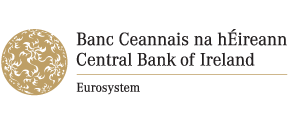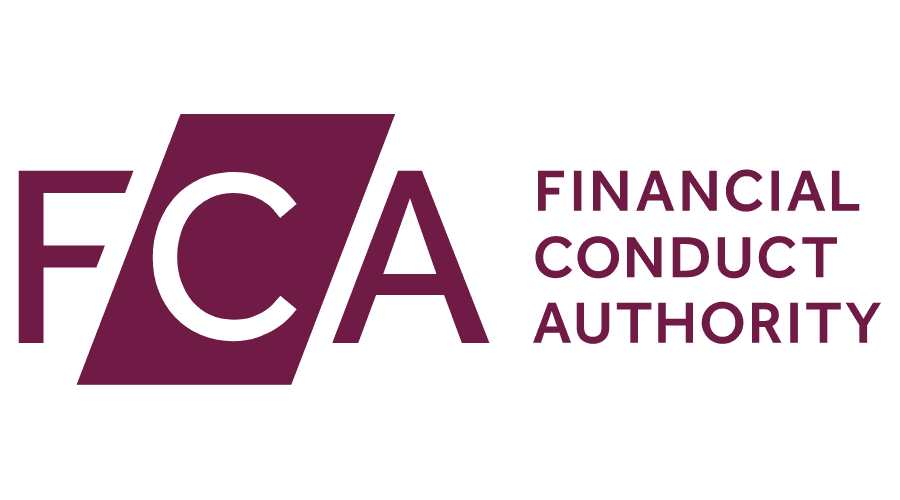PIMCO has introduced the option to implement side pockets – a tool used to carve out a fund’s highly illiquid assets – on fixed income ETFs that have exposure to Russian sovereign debt.
In a shareholder notice published on 2 August ahead of its AGM next month, the US giant proposed an amendment to its ETF rules, giving it the potential to create side pockets across its entire UCITS range in a bid to protect shareholders from potential liquidity difficulties. This could include securities impacted by the Russian invasion of Ukraine.
It comes after the Financial Conduct Authority (FCA) and other European regulators, including the Central Bank of Ireland, authorised the use of side pockets in July for UCITS funds specifically for assets directly impacted by the Russian invasion of Ukraine.
A mechanism primarily used by hedge funds to siphon off ‘difficult’ assets, side pockets are designed to protect new and existing shareholders from hard-to-value securities.
By separating the illiquid assets into a separate new unit class or fund, they will be valued differently from the rest of the fund, allowing new investors to enter without being exposed to illiquidity while giving existing shareholders the chance to redeem their more liquid assets, or in some cases, end the current suspension on their dealings.
Russia collapse creates divestment issues for emerging market debt ETFs
In its shareholder notice, PIMCO said: “It is proposed to amend the articles of association to provide for the flexibility to create side pockets for any of the funds should such a mechanism be determined to be appropriate for a particular type of fund in the future.
“In the appropriate circumstances, side pockets can be employed as an effective mechanism to protect shareholders and manage liquidity and valuation difficulties.”
Regulators have previously been tentative about the use of side pockets for retail funds due to concerns that active fund managers might be encouraged to make poor and risky investment decisions, however, it was seen by many as a viable solution for stranded assets following the onset of the conflict.
Gavin Haran, head of policy for asset management at Macfarlanes, said: “We have not seen a groundswell of managers seeking to establish side pockets in response to the Russian invasion. This is likely due to the costs, time needed to establish a side pocket and operational challenges such as the readiness of service providers.
“However, side pockets might be a sound solution for funds that have a significant exposure to temporarily illiquid assets and some managers might sensibly seek to deal with those circumstances.”
PIMCO said in a statement: "PIMCO has proposed that the articles of association for our UCITS funds be amended to reflect the Central Bank of Ireland’s revised policy permitting the establishment of side pockets. PIMCO has no intention to establish side pockets for any of its UCITS funds, including the ETF funds.
"Any intention to use side pockets, now or in the future, would require advanced regulatory approval including prospectus updates, as well as advance notification to shareholders."
Currently, the $122m PIMCO Emerging Markets Advantage Local Bond Index UCITS ETF (EMLB) has the largest exposure to Russian debt which accounts for 5.6% of the ETF.
Two other ETFs, the PIMCO Euro Low Duration Corporate Bond UCITS ETF (LDCE) and the PIMCO EURO Short Maturity UCITS ETF (PJSR) also have exposure, although much less significant at 0.43% and 0.09%, respectively.
It comes after warnings at the onset of the Russia-Ukraine crisis that PIMCO would be set to lose billions of dollars if the former were to default on its debt.
It is unclear whether other ETF issuers will follow suit, however, most have written down the value of their Russian debt holdings.
Last month, Schroders became the first asset manager to utilise the new side-pocket rule, splitting its emerging Europe strategy to carve out its direct exposure to Russian equities.
Related articles






